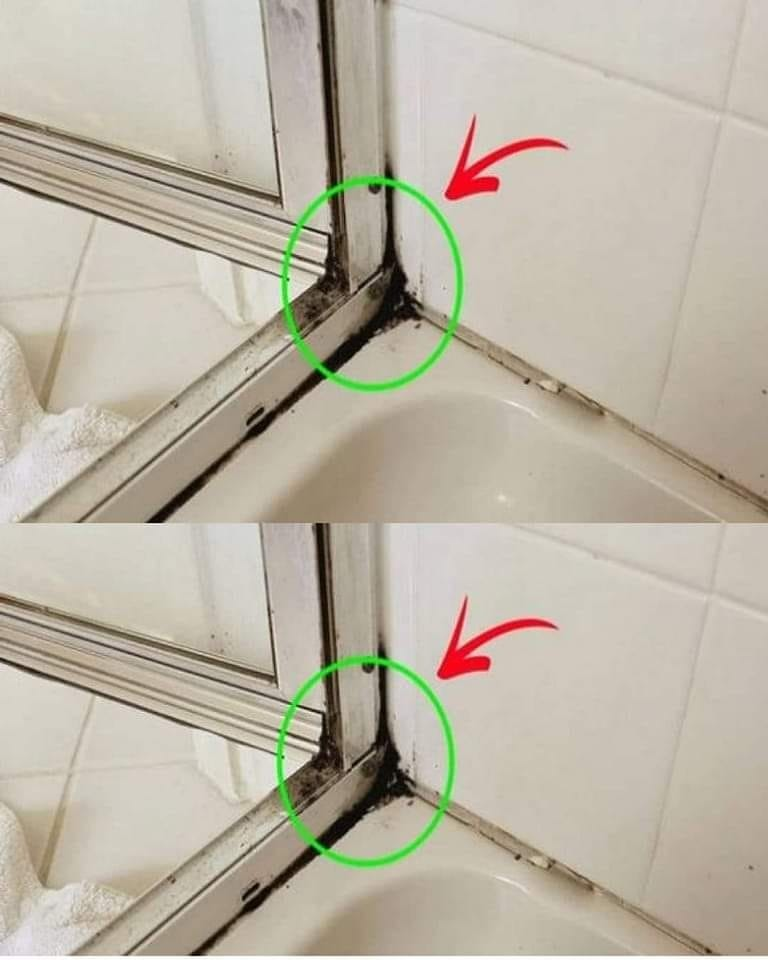ADVERTISEMENT
1. Improve Ventilation
Always run an exhaust fan during and after showers.
Open a window or door to allow airflow and reduce humidity.
2. Wipe Down Surfaces
After each shower, use a squeegee or towel to remove water from the walls and silicone seals.
Dry the area thoroughly to eliminate residual moisture.
3. Clean Regularly
Scrub silicone seals weekly with a vinegar-water solution or a mild cleaner to remove soap scum and grime.
4. Use Mold-Resistant Products
Apply a mold-resistant spray to silicone seals every few weeks.
Consider using mold-resistant silicone when replacing seals.
5. Keep the Bathroom Dry
Use a dehumidifier if your bathroom is prone to high humidity.
Ensure plumbing fixtures are leak-free to prevent excess water accumulation.
Frequently Asked Questions (FAQs)
Q1: Can I use essential oils to clean shower silicone?
Yes! Tea tree oil is a natural antifungal agent. Mix a few drops with water in a spray bottle, apply it to the mildew, and scrub after letting it sit for 20-30 minutes.
Q2: How often should I clean my shower silicone?
Clean your silicone seals weekly to prevent mildew buildup. For deep cleaning, aim for once a month or as needed.
Q3: What if the mildew keeps returning?
Persistent mildew may indicate poor ventilation or damaged silicone. Address these underlying issues by improving airflow or replacing the silicone with a mold-resistant variety.
Conclusion
Removing mildew from shower silicone doesn’t have to be a daunting task. With the right tools and techniques, you can restore your shower to a clean, mildew-free state in no time. Regular maintenance and proactive measures will ensure that your bathroom remains fresh, hygienic, and inviting.
By following the steps outlined in this guide, you’ll not only get rid of mildew quickly but also prevent it from becoming a recurring problem. So take action today and enjoy a cleaner, healthier bathroom!
